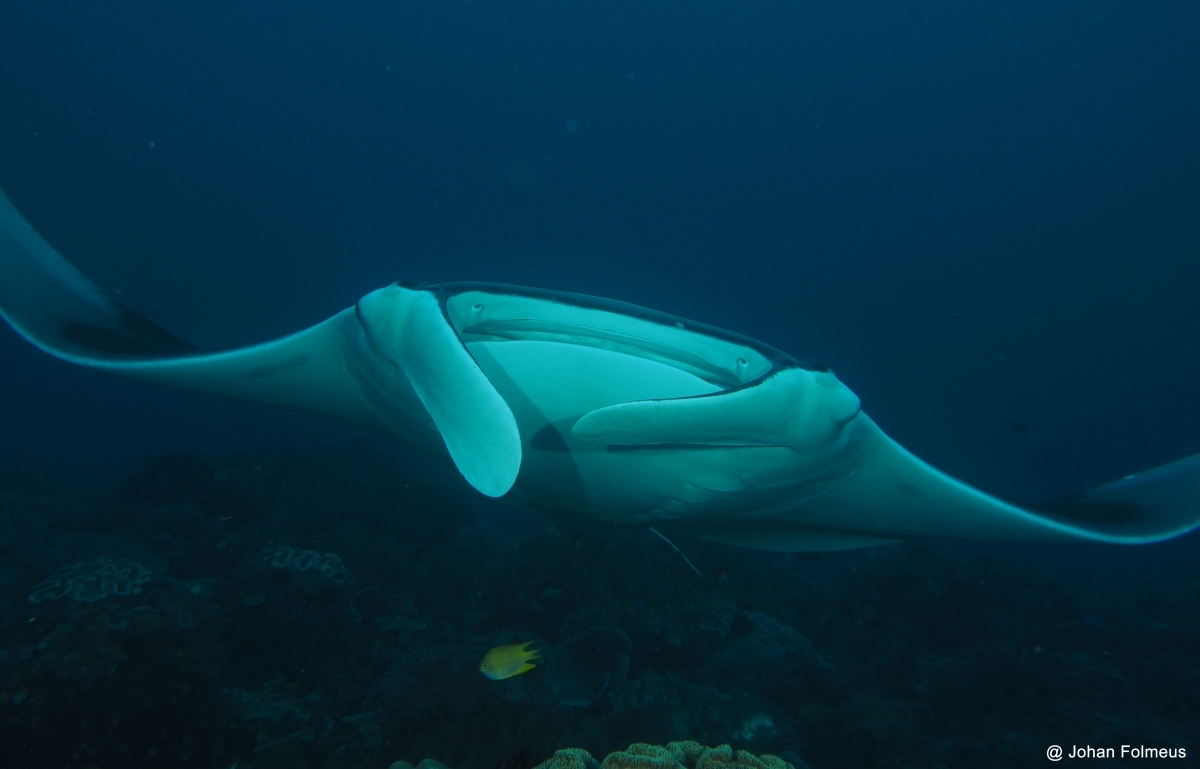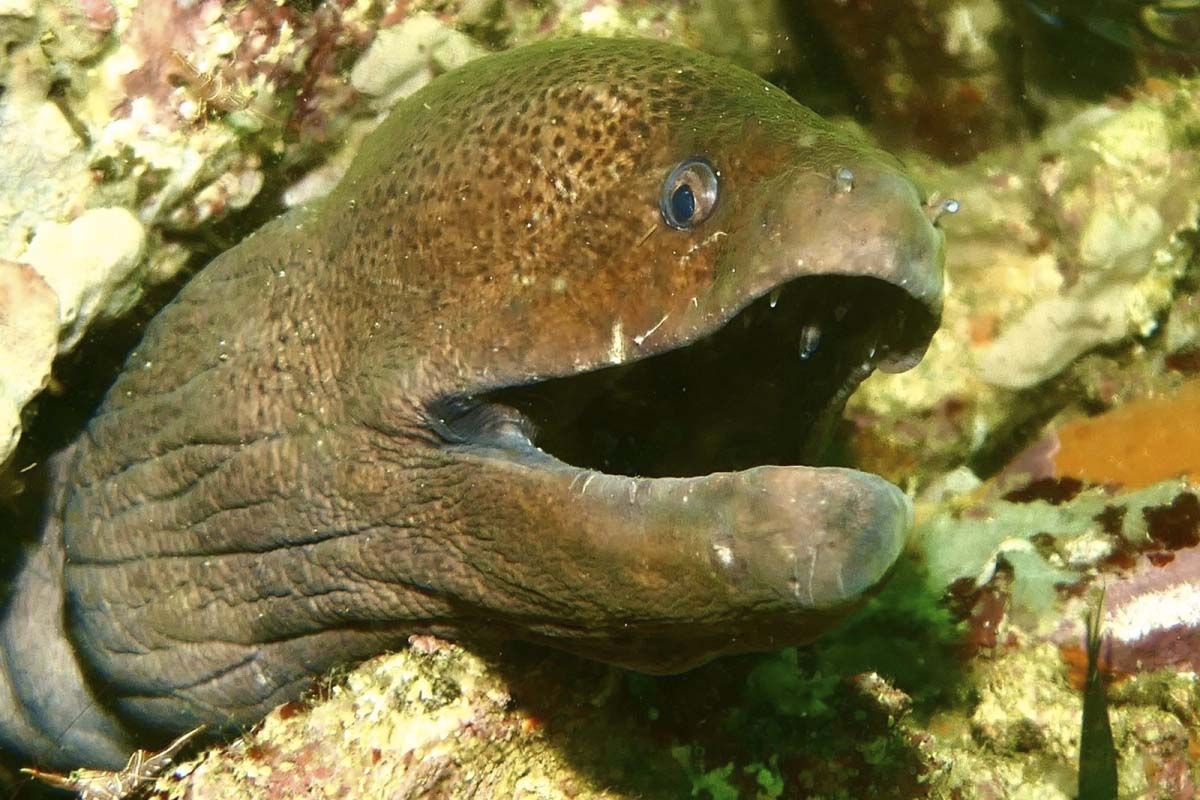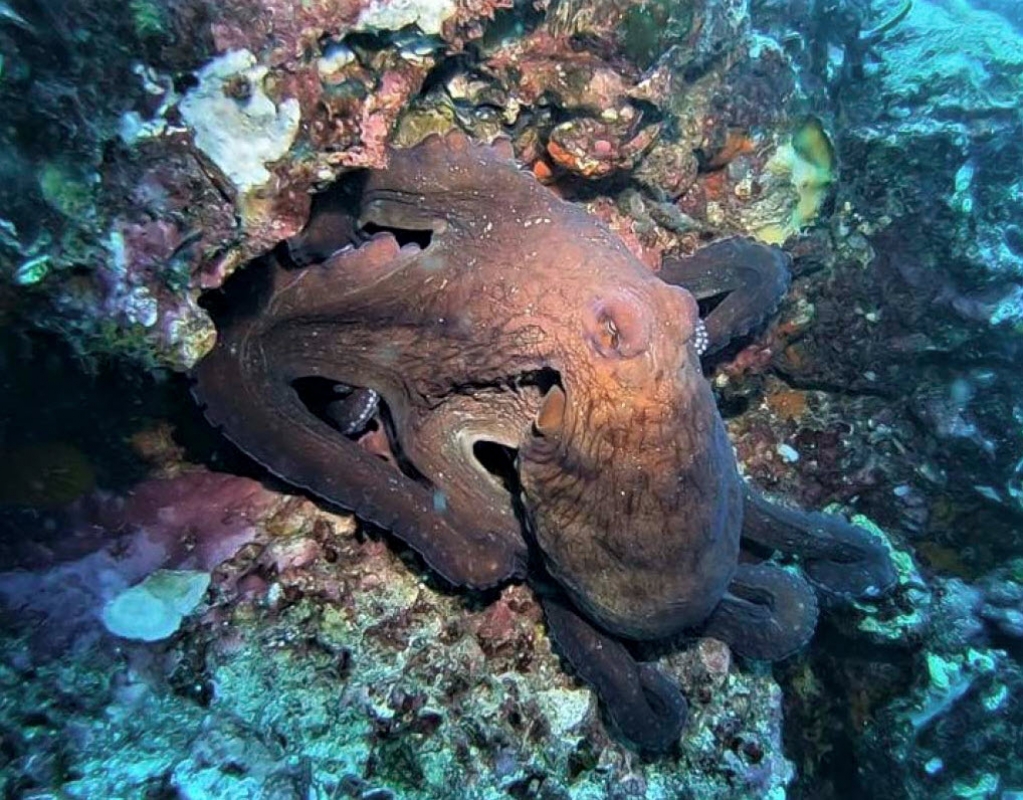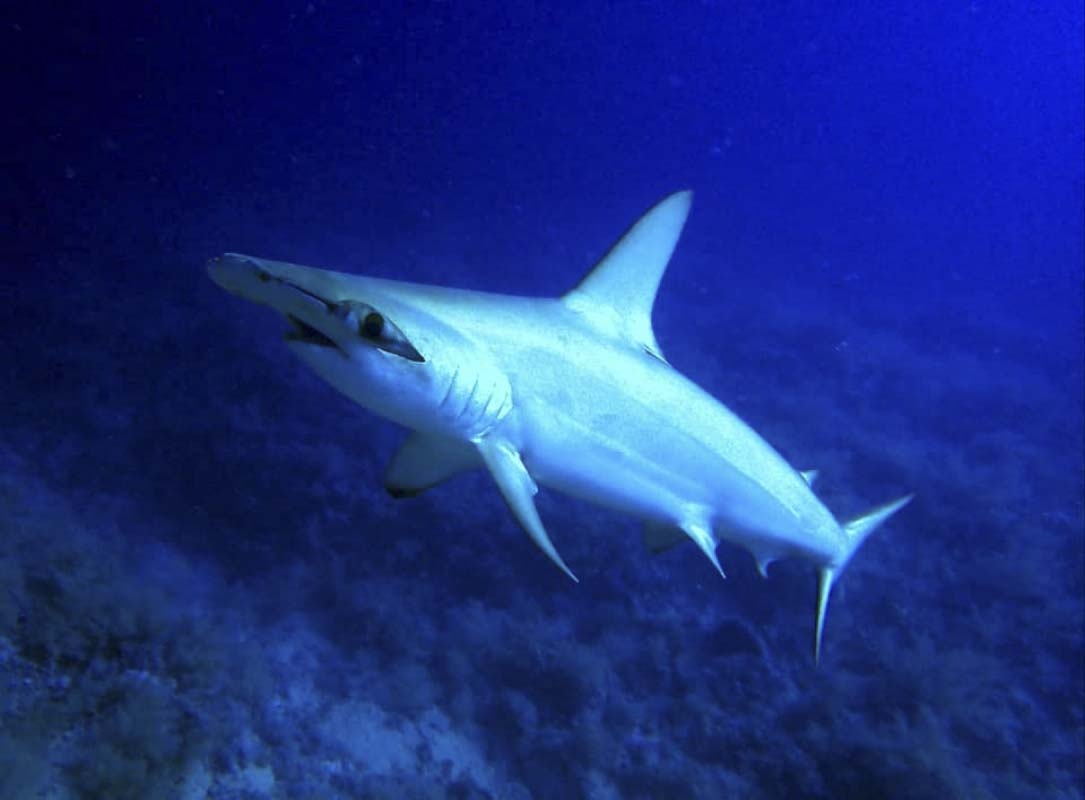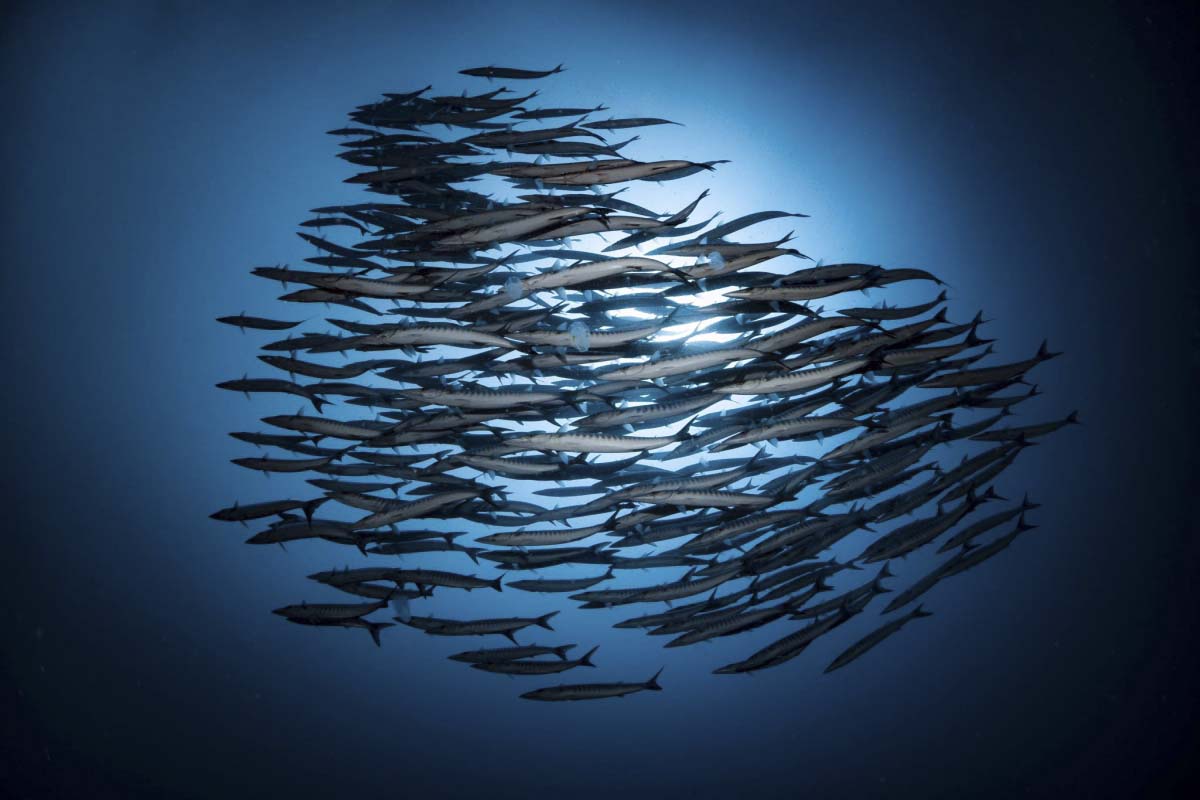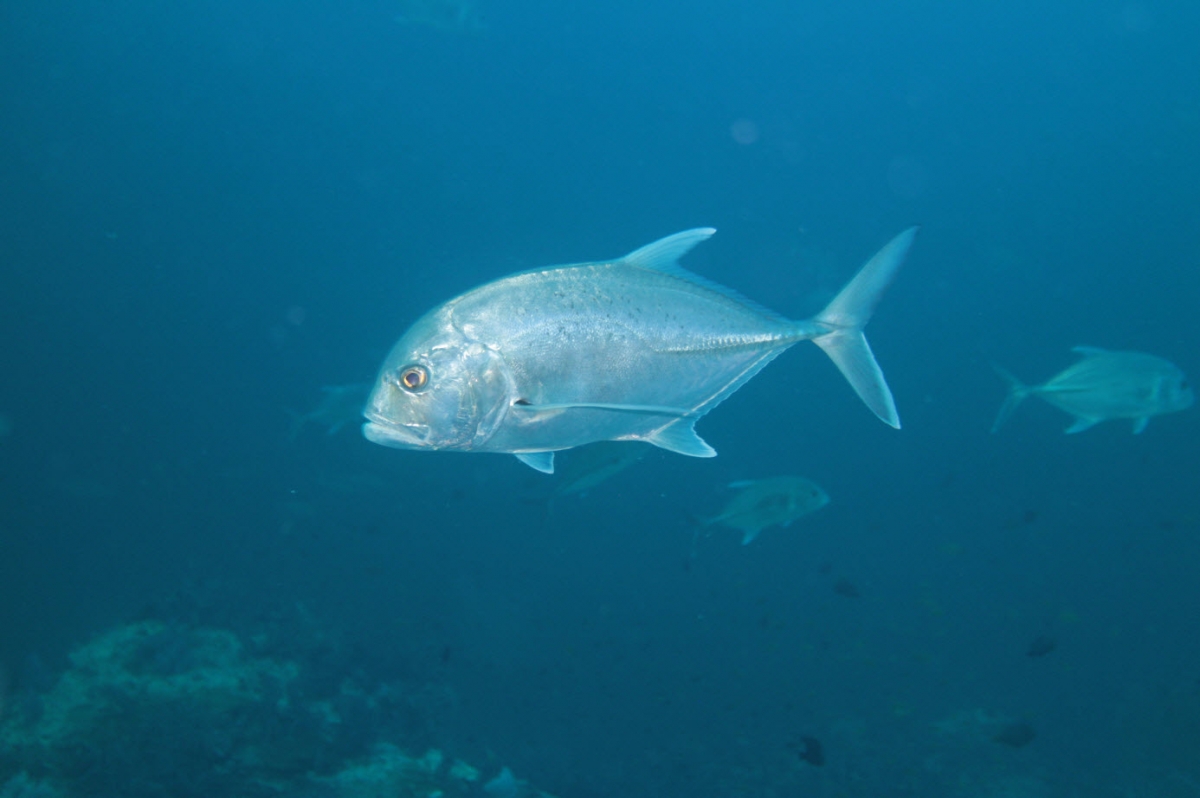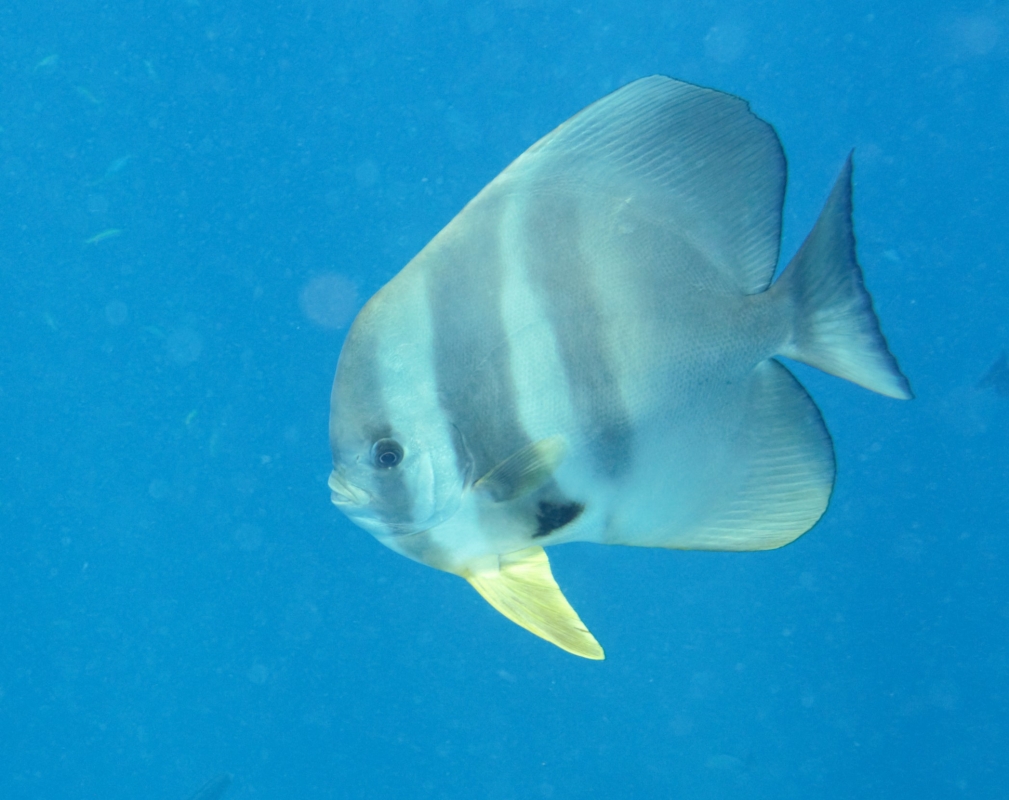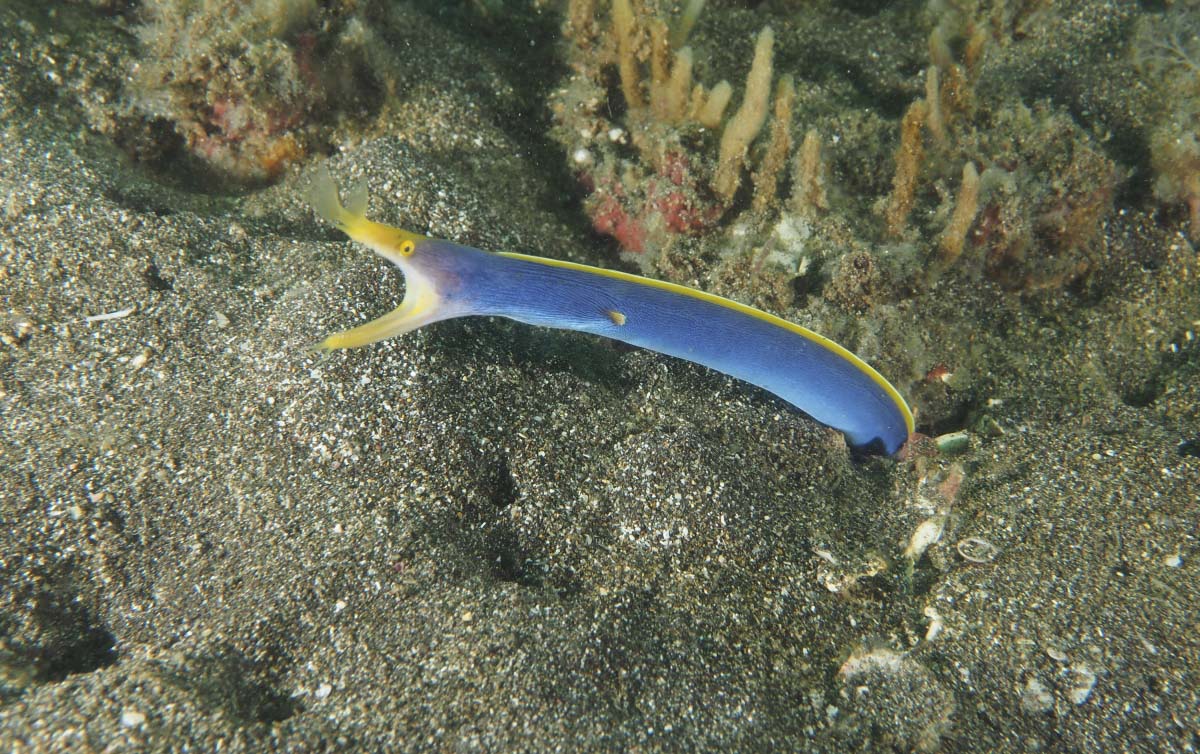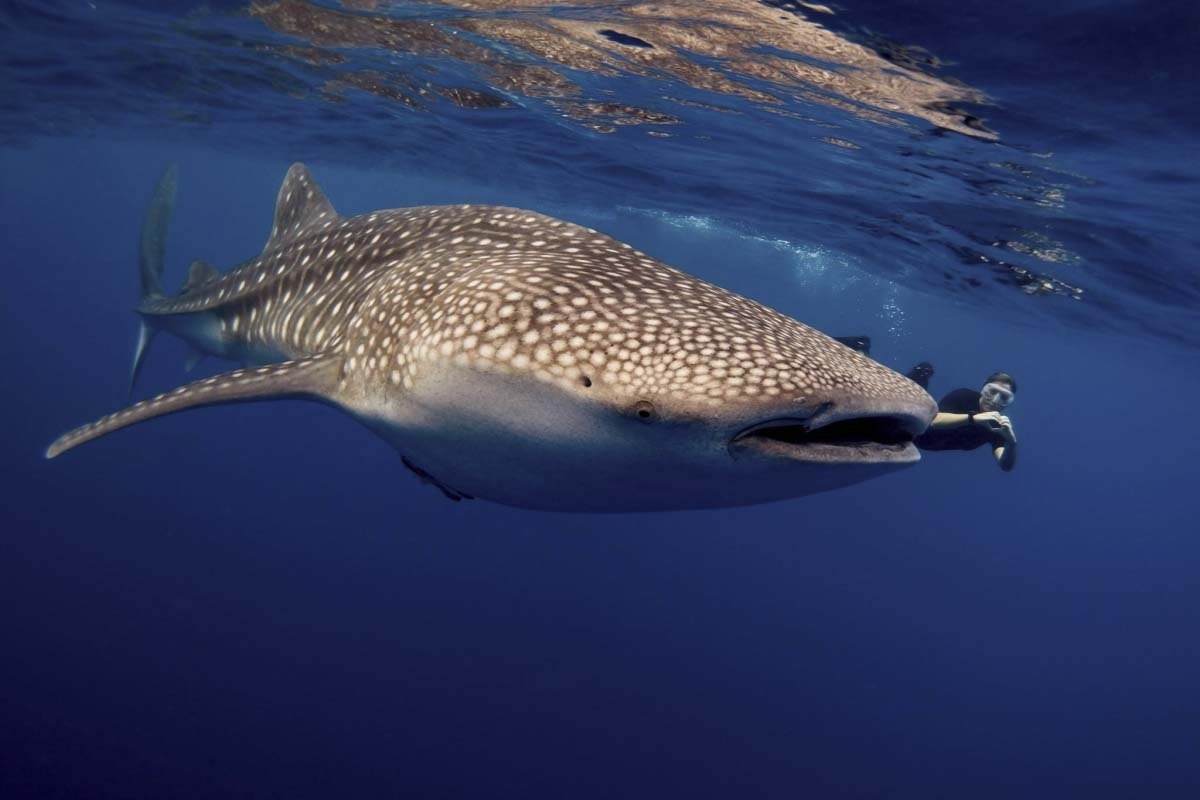
Abu Nuhas Liveaboard Diving
This area has been a busy shipping lane for more than 150 years, but the sea conditions & reef locations haven't changed for thousands of years. Because it is potentially hazardous for passing vessels, it has become known as the Ships' Graveyard, with at least seven accidents in modern times. A hugely popular location for some of the best wreck diving in Egypt's Red Sea.

Abu Nuhas is a must-visit for any scuba diver who enjoys wrecks! It's a very popular area for wreck diving, purely because there are four ships lying next to each other within recreational divers' limits, plus one more that's very deep. The area has so many wrecks because it's a busy shipping lane, with a reef hidden just below the surface of the water. Ships sailing through The Suez Canal have to pass Abu Nuhas on the way out. Abu Nuhas is considered the final obstacle before the Gulf of Suez opens out to The Red Sea. Many captains over the centuries have possibly stayed awake through the Suez Canal before 'taking their eye off the ball' a bit too early. This has resulted in ships hitting the northern side of this submerged reef, less than four kilometres north of Shadwan Island. Abu Nuhas Reef is almost triangular in shape and the top of its plateau is very close to the surface, and easily visible from a boat during the daytime. Each of the reef's three sides are approximately a kilometre in length, and there's a 'blue hole' in the southwest.
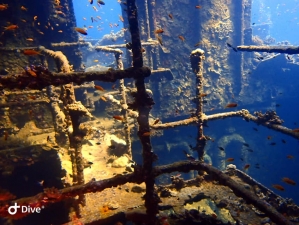 Currents that flow from out of the Suez Canal in the north meet other currents at the northern corner of Abu Nuhas. Conditions for liveaboard diving can be challenging above and below the surface, and this is no doubt part of the reason why so many ships end their days here. Captains may think that they're past the hazards of the Gulf of Suez, but the final obstacle is among the most dangerous. Nowadays, most dive operators will use motorized tender dinghies to drop off and pick up divers, enabling them to leave the main boats moored up in sheltered safety nearby.
Currents that flow from out of the Suez Canal in the north meet other currents at the northern corner of Abu Nuhas. Conditions for liveaboard diving can be challenging above and below the surface, and this is no doubt part of the reason why so many ships end their days here. Captains may think that they're past the hazards of the Gulf of Suez, but the final obstacle is among the most dangerous. Nowadays, most dive operators will use motorized tender dinghies to drop off and pick up divers, enabling them to leave the main boats moored up in sheltered safety nearby.
There are many wrecks in the area, some from hitting reefs and others from wartime conflicts. The five remaining Abu Nuhas wrecks are all cargo vessels that sank in peacetime. Four of the five wrecks are easily dived by recreational scuba divers, and some of them are even accessible to freedivers and snorkellers. The fifth wreck is too deep (90m.) for regular divers. The nicknames of the four wrecks are from the cargo that they were carrying. These are 'The Tile Wreck' 'The Lentil Wreck' 'The Wood Wreck' and 'The Wine Wreck.' One sank 150 years ago and the other three sank in the 1970s and 1980s. Modern navigation, warning systems, and communication methods have prevented any accidents here in the past 40 years.
Wrecks At Abu Nuhas
Giannis D
Giannis D is the Wood Wreck, because its cargo was soft wood. This is the easiest wreck to dive at Abu Nuhas and its mast is as shallow as 4 metres, meaning it's ideal for safety stops. The 100-metre-long ship sank in April 1983, breaking into two pieces. Its stern and bow are still very much intact, but the middle of the vessel is almost all gone. Giannis D was built and launched in Japan in 1969, named as Shoyo Maru, and then changed its name six years later to Markos. Then in 1980 the boat was bought by a Greek company and given its final name. It was on its was from Croatia to Saudi Arabia, and finally Yemen, but never made it past this hazardous reef in The Red Sea. Luckily there was no loss of life, because the crew had plenty of time to abandon ship. The stern lies in the sand at a depth of 24 metres, and the bow slightly shallower and facing away from the reef. The long mast of Giannis D extends almost exactly parallel with the reef to its shallowest point of 4 metres from the surface. This makes it very easy to end the dive ascending along the mast until your safety stop.
Carnatic
Next to Giannis D is Carnatic, also know to some as the Wine Wreck. This is the oldest of the Abu Nuhas wrecks, having sunk more than 150 years ago (1869). It was a 90-metre-long British-built steamer carrying wine and gold from Suez to Bombay. This was just a few months before the Suez Canal was opened. Carnatic was taking passengers and cargo which had sailed to Alexandria and then travelled overland to Suez to board Carnatic for the final leg of the journey. The wreck lies at 22 metres and although much of its wooden structure has gone, the steel ribs of the hull remain intact, giving it an eerie feel. Many divers regard Carnatic as their favourite Red Sea wreck. Having been there for 100 years longer than its neighbours, marine life and coral coverage is excellent here. The ship hit Abu Nuhas reef in the night and became wedged on the top. It was taking on water but the captain ordered everyone to stay on board for the night. Two nights and a full day passed before the ship broke under pressure and sank, and sadly 31 perished. Miraculously the two halves of Carnatic settled on the bottom in position, making it look like it sank before it broke into two.
Chrisoula K
The Tile Wreck is actually named Chrisoula K. This was another Greek cargo ship, and measured nearly 100 metres in length. It sank in 1981 on its was out of The Suez Canal and towards its destination in Saudi Arabia with a consignment of Italian floor tiles. Like most wrecks here, the captain had stayed awake through the Suez Canal and had just handed over control to a deputy. After hitting the reef at Abu Nuhas, the bow protruded out of the water before the whole ship sank. Luckily no lives were lost. It now lies at depths ranging from just 4 metres to 28 metres. The shallower parts have succumbed more than the stern which remains intact. There are plenty of areas for divers to enter the wreck, including easier and more-challenging points.
Lentil Wreck
Finally, the Lentil Wreck (Kimon M) is actually one of two ships that wrecked here while transporting lentils. The other is SeaStar, but that lies at 89-90 metres. Kimon M is the largest and deepest of the four wrecks possible for recreational divers. It sank in 1978 on its way from Turkey to India. No lives were lost. It measured approximately 120 metres but now has lost some of that to the sea. Much of Kimon M's bow is now a scattered field of debris. At first, it was shallower but the sea conditions caused it to slip down the reef, meaning its deepest part is just over 30 metres and its shallowest is 15 metres. This is commonly the first wreck of the day to be dived allowing for NDLs.
Conditions at Abu Nuhas
When to dive at Abu Nuhas
You can dive here all year, but the weather and water are warmer during the summer months. February is usually the month with the coolest water temperatures.
What type of dive site is Abu Nuhas
Abu Nuhas is a reef plateau that almost reaches the surface, and there's plenty to see here when diving the reef. However, what nearly all boats and divers come for is the four shipwrecks all within the reach of recreational divers.
Where is Abu Nuhas?
In the north of The Red Sea, at the mouth of The Suez Canal, lies Shadwan Island which is the largest island in the area, and (Shaab / Sha'b) Abu Nuhas is 3.7 kilometres north of Shadwan Island.
How to get to Abu Nuhas
You can dive at Abu Nuhas on a day-trip boat from Hurghada or Sharm E-Sheikh but journey times are long. It's much better to dive here on a scuba liveaboard safari. That way you can enjoy early morning and evening dives, when the day-trip boats aren't around, and therefore the wrecks aren't as busy.
Who can dive at Abu Nuhas
Although some wrecks and reef areas are only suitable for Advanced or experienced divers, there are also some places that novice divers can enjoy safely. Hovever, most buddy groups will be certified to 30 metres and have experience in currents and other wrecks.
What marine life can you see at Abu Nuhas?
Although our list and pictures show some large and exciting species, and it's not unheard of for them to show up, you can normally expect to see smaller fish here. Plenty of schooling fish can be seen around the wrecks, and invertebrates all over. Be careful not to touch scorpionfish that might be hiding camouflaged on a wreck's surface. It's quite common for divers to see dolphins here, either during a dive or from the boat at the surface.
Summary of Abu Nuhas
Abu Nuhas is known as The Ships' Graveyard due to the number of vessels which have wrecked here over the past 120+ years. Although reefs and marine life are healthy and worth diving for, neary everyone comes here to dive the wrecks. Depending on the conditions on each day, it's easily possible to dive all four wrecks, one after the other. Or you may end up diving one wreck more than once, and missing one out.
